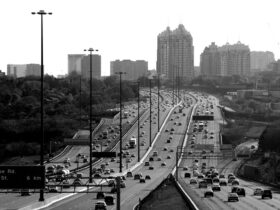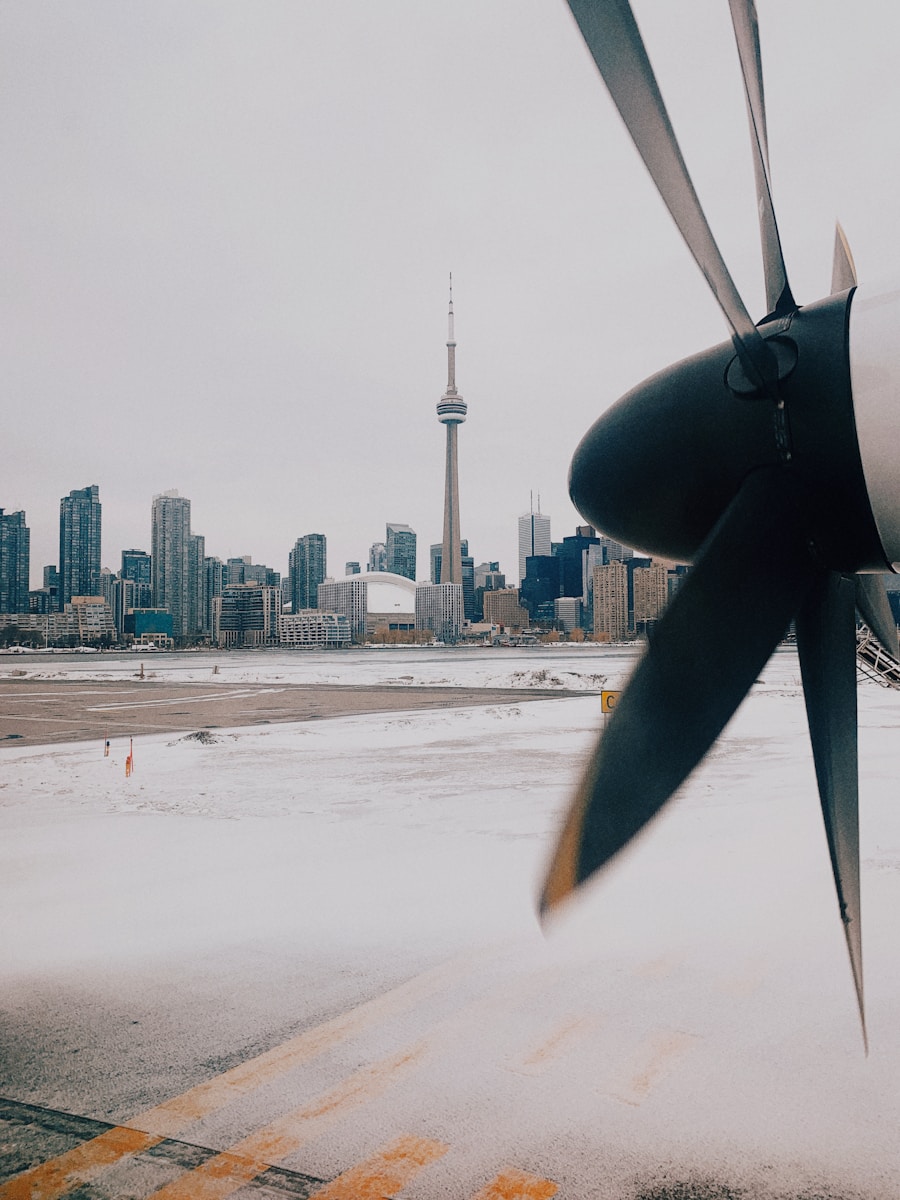Toronto’s Billy Bishop Airport is once again under scrutiny as discussions about extending its runway resurface at City Hall. A new report, set to be presented to Mayor Olivia Chow’s Executive Committee, outlines the critical need to expand the runway to comply with federal safety regulations. The move comes as PortsToronto faces a regulatory deadline of July 12, 2027, to implement a Runway Safety End Area (RESA), a nationwide requirement introduced in 2021 to ensure enhanced safety at all Canadian airports serving commercial flights.
The RESA mandate requires a 150-meter safety zone at both ends of runways to reduce the risk of planes overshooting or undershooting the runway, a crucial safety measure to prevent accidents. Without this extension, Billy Bishop’s runways would be deemed non-compliant, posing potential safety risks for the planes landing and taking off from the island airport.
The Proposal: Runway Extension and Lease Negotiation
PortsToronto, the authority responsible for operating Billy Bishop, has proposed adding mass to the Toronto Islands to extend the runway and meet the new safety standards. In tandem with this request, PortsToronto is also seeking a 40-year extension on its operating lease, which would push the expiration from 2033 to 2073. The rationale behind this extended lease is to provide a longer window for financing the costly runway expansion project.
However, city staff are recommending only a limited amendment to the tripartite agreement that governs Billy Bishop’s operations. This amendment would allow the runway extension necessary to comply with federal safety regulations, but city staff are not in favor of extending PortsToronto’s lease at this time. This decision reflects a cautious approach, ensuring that the immediate safety needs are addressed while leaving room for further discussions about the airport’s long-term future.
Mayor Olivia Chow’s Position: Prioritize Safety, Delay Expansion Talks
Ahead of the Executive Committee meeting, Mayor Olivia Chow has voiced her full support for the runway extension, aligning with city staff’s recommendation to prioritize safety. “For 14 years, Billy Bishop Airport has known that the runway is too short. So what should be the goal? Build as quickly as possible a runway that is long enough to make it safe,” Chow said. Her stance is clear: the immediate focus should be on making the airport compliant with safety regulations to protect passengers and the community.
Chow also emphasized that while the issue of Billy Bishop Airport tends to reignite passionate debates over whether the airport should be expanded or converted into a public park, this discussion should not derail the immediate goal of ensuring runway safety. “That airport—people always say that should be a park, others say we should fly jets. That’s not the debate in front of us,” she stated, urging both sides of the debate to set aside larger questions for the moment. “We can have that conversation after we fix the runway. Let’s fix the runway now,” Chow added, signaling her focus on resolving the most pressing safety concern first.
Public and Local Opposition
Despite the pressing safety needs, not everyone is on board with the runway extension. Several local groups have expressed strong opposition to any expansion of Billy Bishop’s infrastructure. These groups argue that increasing the airport’s footprint will contribute to noise pollution, disrupt the waterfront, and lead to a larger environmental impact. They are particularly wary of any moves that could pave the way for future expansions of airport operations, such as allowing larger planes or increasing flight frequencies.
These concerns are compounded by the broader debate over the airport’s future. Some advocate for a complete closure of Billy Bishop, proposing that the valuable waterfront land should be transformed into a park or green space for public use. Others argue for maintaining and expanding the airport’s operations to boost tourism and business travel, positioning it as a key economic driver for the city.
The Tripartite Agreement and Future Conversations
At the heart of this ongoing debate is the tripartite agreement that governs Billy Bishop Airport. Signed in 1983 between the City of Toronto, PortsToronto, and the federal government, this agreement sets the terms for the airport’s operations, including restrictions on jet aircraft and nighttime flights. With the lease set to expire in 2033, conversations about the airport’s long-term future will inevitably need to take place in the coming years.
Mayor Chow has acknowledged the importance of this broader conversation but remains adamant that these discussions should take place only after the immediate safety issues are addressed. “The question of the tripartite agreement is a long conversation that we can have at another time,” Chow said, reiterating her focus on ensuring the runway is compliant with federal safety standards before tackling any larger debates about the airport’s future.
Moving Forward: Balancing Safety, Growth, and Community Concerns
The runway extension at Billy Bishop Airport represents a crucial step toward improving aviation safety, but it also underscores the complexities of managing a major transportation hub in a densely populated urban area. While the extension will bring the airport into compliance with federal safety regulations, it also raises questions about the airport’s long-term role in Toronto’s landscape.
As the debate continues, city officials, PortsToronto, and the public will need to carefully balance the need for safety with concerns about the environmental and social impact of any potential expansions. For now, Mayor Chow and city staff are focused on the immediate task at hand: fixing the runway to ensure the safety of passengers and the surrounding community. The larger questions of the airport’s future can wait—but not for long.












Leave a Reply